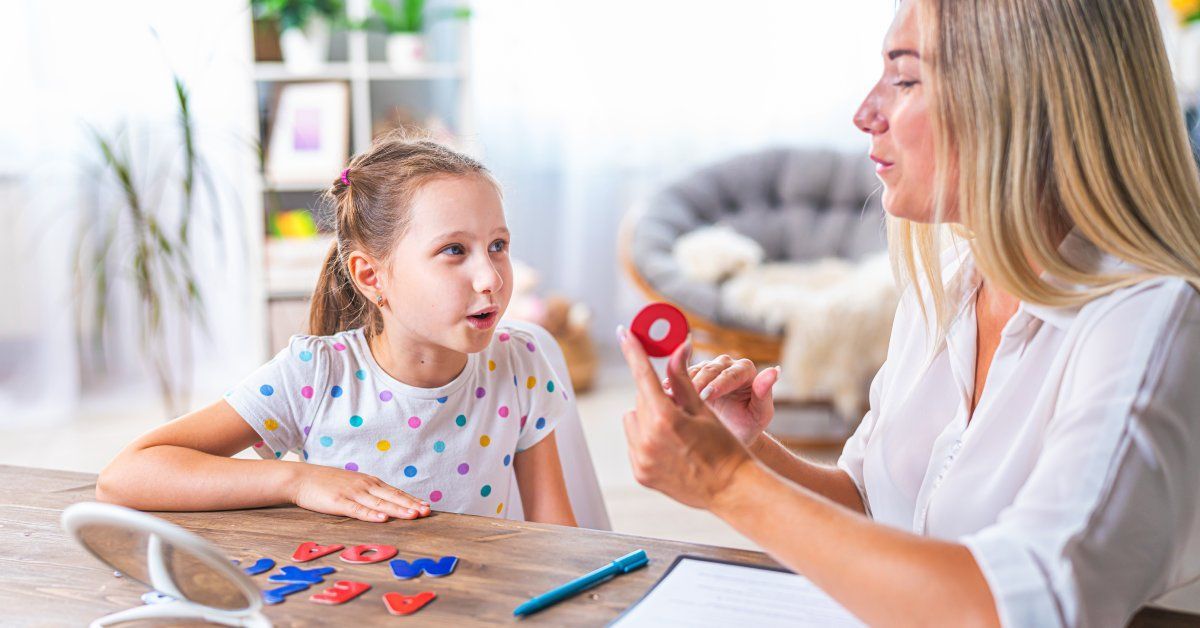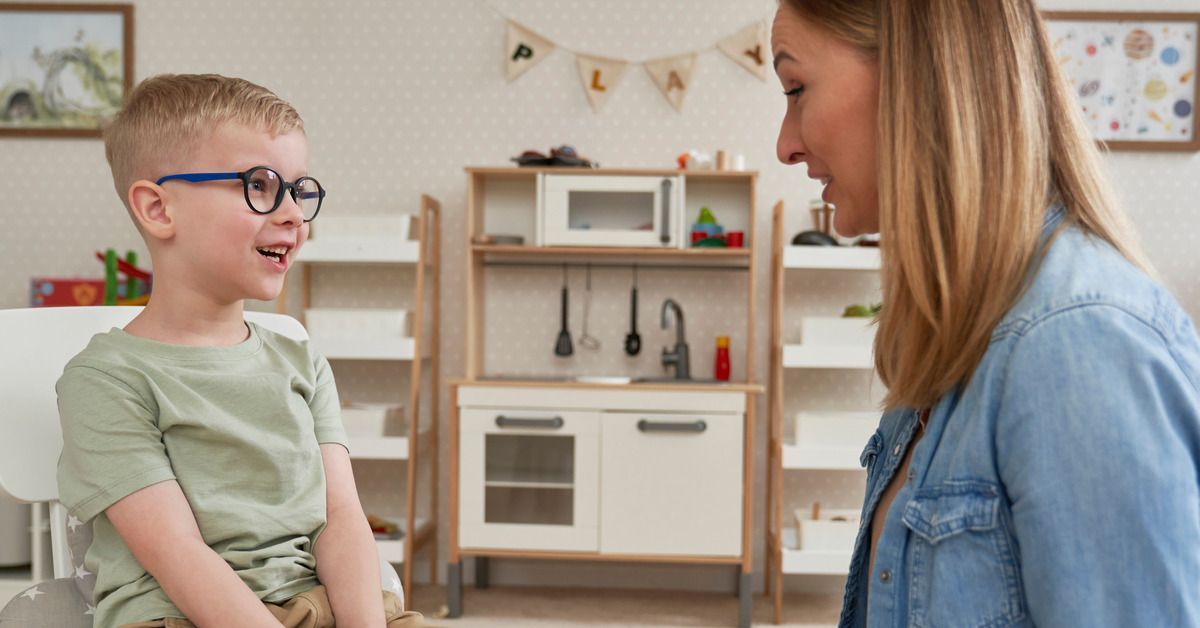Tips for Teaching Children With Autism About Personal Safety
Teaching personal safety is fundamental for every child, but it holds even greater significance for children with autism. This knowledge is a vital tool that enables children to understand their surroundings, interpret social cues, and stay protected in unfamiliar or even potentially dangerous situations.
This guide will explore tips for teaching children with autism about personal safety and provide strategies to empower children and their caregivers.
The Importance of Personal Safety for Children With Autism
Children with autism often face unique challenges when it comes to interpreting their environment. For instance, social cues like body language or facial expressions that typically signal danger may not be inherently obvious to them. Further, nuances like identifying a stranger versus a trusted adult can be confusing. These barriers highlight why teaching personal safety requires a tailored approach.
Children with autism may also encounter difficulties with danger awareness. They might not fully understand the risks in situations such as crossing the street or interacting with someone they don’t know well. Introducing structured safety lessons can help children build awareness and develop instinctive precautions.
Practical Tips for Teaching Personal Safety

Use Clear and Consistent Communication
Simplifying language and using visuals are crucial. Children with autism often thrive on clarity and repetition, making straightforward communication important. Instead of abstract statements like “Stay safe,” opt for concrete instructions like “Hold my hand when we cross the road.” Illustrated cards, charts, or simple pictographs can reinforce safety rules visually, supporting verbal instructions. Role-playing scenarios make essential lessons more tangible. Practicing what to do if approached by an unfamiliar person or how to handle a fire alarm builds familiarity and confidence.
Teach the Concept of Safe vs. Unsafe
Establishing the difference between safe and unsafe situations provides a foundation for critical decision-making. Safe people might include trusted family members, teachers, or community workers like police officers, while unsafe scenarios could involve strangers, dangerous environments, or isolating circumstances. Visual charts showing examples of safe and unsafe behaviors can clarify these concepts effectively for children with autism.
Identifying trusted adults and safe environments equips children with a sense of security. Spending time together pointing out these individuals in real-life contexts, from teachers at school to lifeguards at the pool, reinforces the application of these lessons. Practicing everyday scenarios, such as asking a store clerk for help when separated from a caregiver, builds confidence and problem-solving skills.
Create Real-Life Safety Routines
Routines are an invaluable tool for fostering security and reinforcing safety lessons. Activities like always holding hands in crowded areas or consistently labeling safe crossing zones at intersections can quickly become second nature. Establishing specific procedures during family outings, such as staying within a predefined distance or wearing identifiable clothing in busy environments, adds extra layers of safety for children with autism.
Partnering routines with visual cues, like reminder cards for “look left, look right,” provides extra guidance. Maintaining flexibility within routines while introducing slight variations helps a child learn to adapt without becoming overly reliant on rigid patterns.
A valuable addition to these routines is taking your child to your local police station to help familiarize them with trusted community figures and the role of law enforcement in maintaining safety. Many police stations offer child-friendly resources or even safety tours that can teach children how to seek help in an emergency. These visits also provide an opportunity for parents to engage with officers on strategies for teaching safety at home and in public settings.
Use Parent Training for Autism
Caregivers can make safety lessons even more effective. For instance, incorporating parent training for autism equips caregivers with the knowledge and strategies they need to continue safety education at home. Regular check-ins with therapists or support groups can also empower parents with additional insights, reinforcing key concepts and adapting as the child grows.
Teach Response Strategies
Breaking down emergency responses into easy-to-follow steps helps children understand what actions to take when faced with unfamiliar or dangerous situations. Practices like calling 911, identifying safe exits in a building, or approaching a trusted adult can be reinforced through repetition and simulation. For example, a role-play scenario involving a fire alarm can familiarize a child with safely exiting their home or classroom.
Teaching calmness during emergencies is equally important. Providing breathing techniques or reminding children to stay calm can help them regulate their emotions when under stress. Positive reinforcement when they demonstrate calm behaviors will further encourage them to practice these strategies.
Monitor and Adjust Safety Plans
Safety education is never static. For children with autism, regular monitoring is essential, as their challenges and strengths evolve over time. Parents should collaborate with educators, therapists, and the child themselves to assess progress and make adjustments where needed.
For example, as a nonverbal child transitions to using communication devices, safety tactics may need to be updated to leverage this change. Working closely with professionals ensures the safety plan aligns with the child’s developmental stage. This collaborative effort creates a well-rounded approach that promotes safety while empowering the child to become more independent.
Understanding the Unique Needs of Children With Autism

How Autism Affects Safety Awareness
Children with autism process the world in unique ways. Sensory processing differences mean kids might be hypersensitive to noise, lights, or textures, which can impact how they react in certain situations. For example, a sudden loud noise may lead to sensory overload, causing the child to become disoriented or distressed. Additionally, limited verbal or nonverbal communication skills might restrict their ability to express discomfort or ask for help, making them vulnerable in emergencies.
Social development plays an equally critical role. Recognizing appropriate boundaries with others can be particularly challenging for individuals with autism, which underscores the need to explain the concepts of bodily autonomy and personal space in clear, relatable terms.
Why Personalized Approaches Are Key
Every child with autism is unique, and their safety education should reflect that. A personalized approach ensures their strengths are leveraged and their challenges addressed. For instance, some children respond better to visual aids and role-playing exercises, while others might learn more effectively through consistent repetition within structured routines. Tailoring lessons isn’t just a recommendation; it’s imperative to meaningful progress.
Being patient and observing how the child engages with different teaching methods will provide valuable insight. Caregivers and educators should also be open to collaboration, working with therapists and utilizing professional guidance to structure effective safety lessons.
Empowering Children With Autism To Be Safe
Building safety awareness in children with autism is a gradual process, but the effort pays dividends in fostering their independence and confidence. By focusing on personalized strategies and consistent reinforcement, parents and caregivers can equip children with the tools they need to protect themselves in various situations.
Tips for teaching children with autism about personal safety emphasize one core takeaway: safety is an ongoing learning experience. Remaining patient and persistent, while collaborating with therapists and educators, will help these lessons take root and remain effective.







